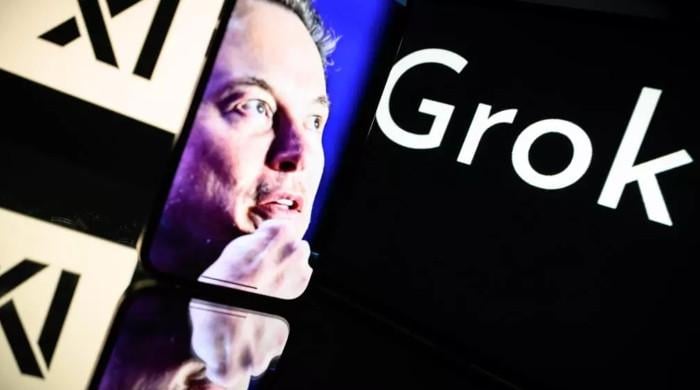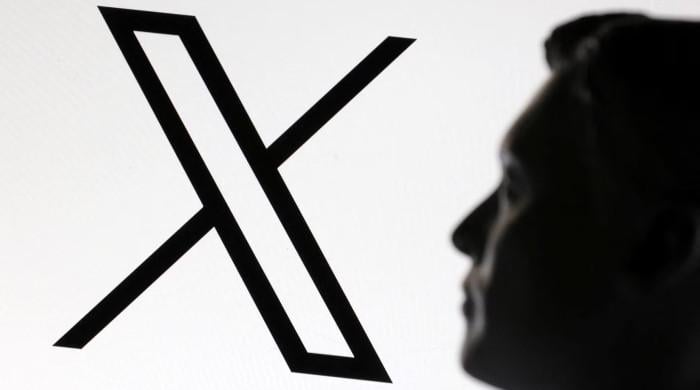Scientists discover material that ensures seamless transmission of power, energy
This material has the ability to transform the world of energy production and energy transmission, scientists say
March 12, 2023

Researchers have discovered an important material using rare lutetium and mixing it with elements — hydrogen and a small part of nitrogen — which will be able to transmit electricity with zero resistance and pass magnetic fields around the material.
The superconducting material, scientists say, can work at high and low temperatures for practical applications. It is believed to be a breakthrough in the field as scientists have been seeking it for nearly a century.
This material has the ability to transform the world of energy production and energy transmission.
After the mixing, the material was left at high temperatures to react for two to three days.
A team led by the scientist, Professor Ranga Dias believes that it is a pathway to superconducting consumer electronics, energy transfer lines, transportation, and significant improvements in magnetic confinement for fusion is now a reality. He also believes that humankind is not in the modern superconducting era.
The material would enable the power transmission grids to supply electricity without wasting millions of megawatt hours.
The researchers have named it "red matter" owing to its colour and assent from Star Trek. The name of this material was suggested during its creation as scientists saw that the material's colour turned bright red.
The team led by Professor Dias went on further to prove their findings with new data this time as they carried out the experiment outside the lab while a team of scientists watched it happening in real-time. The team's previous research faced criticism over the scientists' approach and was then retracted by the editors of the journal Nature in which two similar materials in papers — a less breakthrough — were published in the same journal and Physical Review Letters.
In the new paper "Evidence of near-ambient superconductivity in an N-doped lutetium hydride" defined as new material, in the journal.
At high temperatures, the compound turned from blue to pink as it reached its level of superconductivity. Earlier, the compound was blue. When it turned into a non-superconducting state it became rich red.
Scientists also believed that their discovery has ushered in a new era for the use of superconducting materials.











